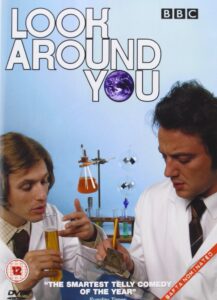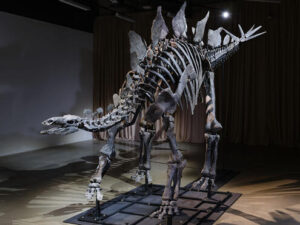
Recently I have had reason to try to learn a bit about a type of AI (artificial intelligence) called machine learning. It turns out that sometimes a researcher in this area will encounter the Helvetica scenario, which is a phenomenon where a machine learning model gradually degrades due to errors coming from uncurated training on the outputs of another model, including prior versions of itself. The Helvetica scenario, also called “Model Collapse” (Wikipedia article) is a common problem when training generative adversarial networks (GANs) (Machine Learning Glossary). The natural question for the reader is where this terminology came from? Continue reading “The Helvetica Scenario”



